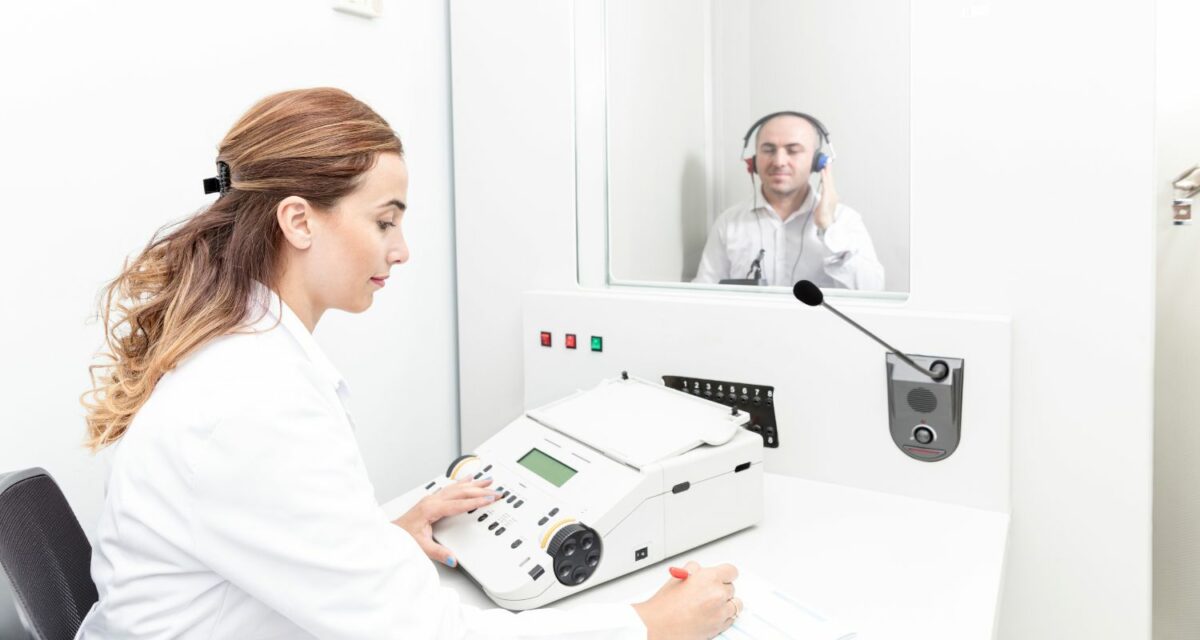If you have noticed that conversations are becoming more difficult or that there are specific sounds you can no longer hear, the time has come for a hearing test. Getting a full diagnosis of your hearing ability and needs for treatment is an essential step not only to facilitate your communication ability but also to prevent some of the associated health and wellness issues that hearing loss can bring. When you schedule a hearing test, what should you expect? Knowing the basics of hearing testing is a great way to set yourself up for a successful and stress-free visit. In general you can rest assured that hearing tests are simple, relatively quick, and totally painless. When you come for your test, you might want to bring a loved one, friend, or other person from your support network. The moral support will make the visit more fun, and you can likely use another pair of ears to learn about the results and what kind of treatment you should pursue for your individual case of hearing loss. The following are a few of the main types of hearing tests, as well as how to interpret the results of your diagnosis. The good news is that our hearing health professionals are here to guide you through the process, and you can simply show up ready to perform the test.
Types of Hearing Tests
The most common type of hearing test is called pure tone audiometry. You might have had this kind of test before at an audiologist or in school. The principle of pure tone audiometry is simple. Different tones are played through headphones at different volumes. If you hear a tone, you are asked to gesture by raising your hand or pressing a button. These tones are played at different frequencies, or pitches, of sound. As the sounds become quieter, we can measure the threshold at which you can no longer hear those specific frequencies. The test doesn’t last too long, and it is quite effective at getting a picture of your hearing ability. Speech audiometry is another type of test that is designed to diagnose communication problems. Rather than a series of tones, words and phrases are used. You might be asked to repeat back that word or phrase to make sure you are getting it right. A related type of test is called a “speech in noise” or “words in noise” test. These tests follow the same strategy as speech audiometry, but different sounds are played in the background, including white noise, music, or other voices. When competing sounds are present, some people find it more difficult to hear. A final type of test called tympanometry is used to diagnose the physiological response of the ear. This test uses and earplug or other device to bring pressure or a puff of air against the eardrum. Sensors are used to see if the eardrum is responding with the right sensitivity to pressure that is akin to sound.
Interpreting the Results
When you complete your hearing test, you will be given an audiogram with your results. That graph shows the individual features of your hearing ability. If the graph looks confusing to you, don’t worry. We can interpret your results, let you know about your hearing ability, and use these results to recommend the right hearing aids for your needs. If you are curious to understand your results with more detail, we can walk through a full interpretation of your hearing ability. In general, the audiogram shows how loud a sound needs to be in order for you to hear it. Sounds are categorized by frequencies from low to high. If your graph shows a high volume within a certain frequency range, that means that a sound needs to be very loud in order for you to hear it. These volume thresholds correspond to degrees of severity for your hearing loss. We will use these results to make sure that you not only receive enough hearing amplification in general from your hearing aids but also that you are getting the assistance you need in specific ranges of sound. Don’t delay scheduling your hearing test and embarking on the path toward hearing assistance!

